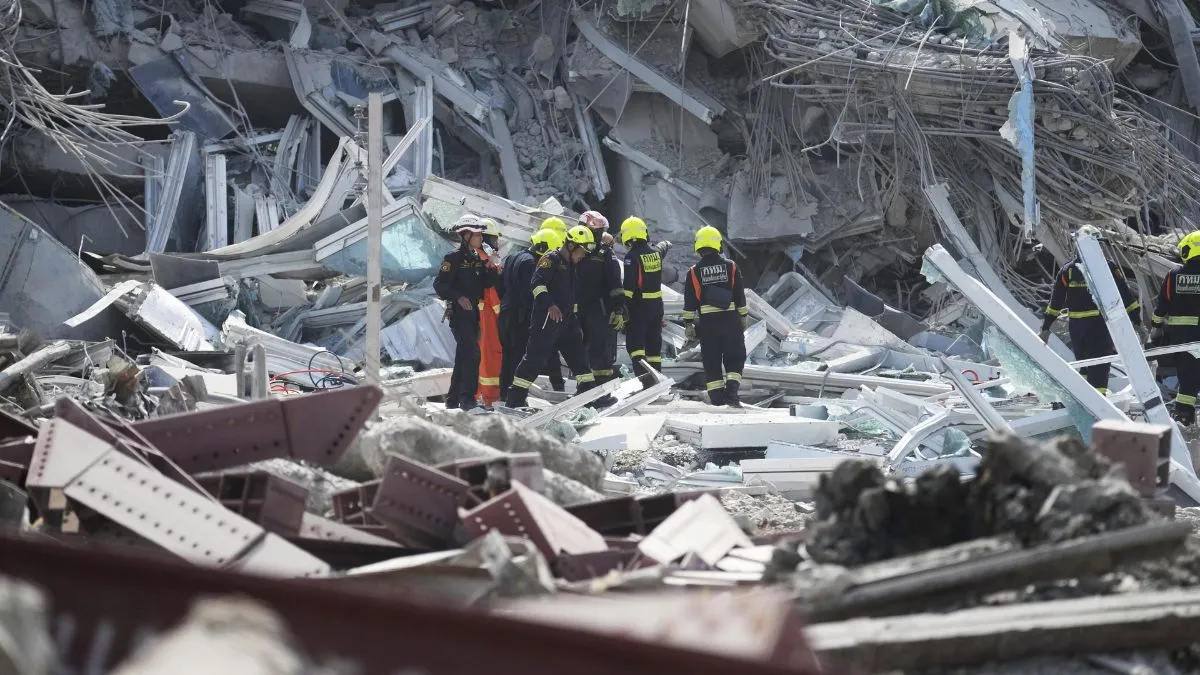
The earthquake on Friday in Myanmar and Thailand has caused huge havoc.
The earthquake on Friday in Myanmar and Thailand caused huge devastation and has caused a large loss of life and property. Earthquake tremors are often felt in different areas of India, which shows the need for better preparation to deal with the disaster. Earthquakes occur when stress in the crust of the earth increases. The crust is made up of large plates that move slowly and causes the movement earthquake. When the earthquake falls into a population area, it can cause great damage.
It is a matter of concern that about 59% of India is sensitive to earthquake, so it is very important to pay attention to this issue. Explain that the Bureau of Indian Standards (BIS) has classified the country in 4 seismic areas based on the risk of earthquake. Zone V is the most active, which includes regions such as Himalayas, while Zone II is the lowest affected. India has experienced many devastating earthquakes in the last few years.
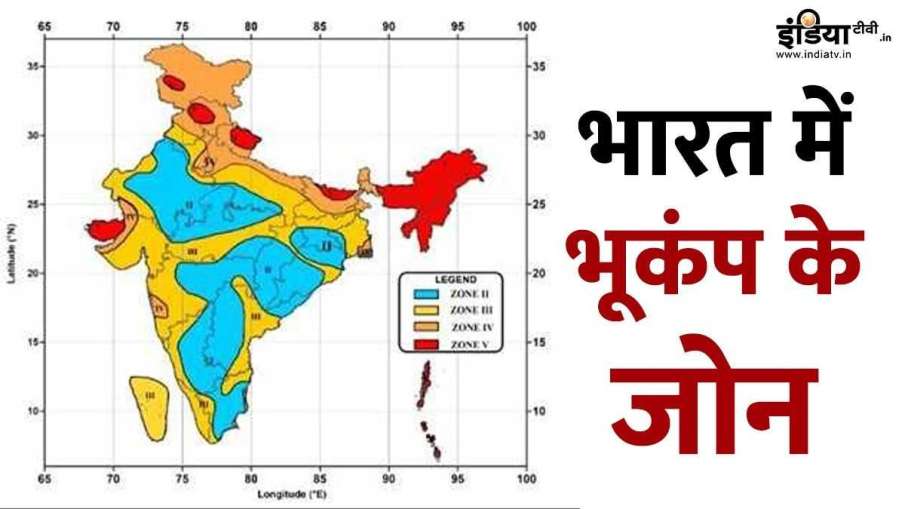
India is divided into 4 zones according to the hazards of earthquake.
Some devastating earthquakes in India
In the history of India, 1905 Kangra and 2001 Bhuj earthquakes are counted among the most terrible earthquakes. The intensity of the Kangra earthquake in Himachal Pradesh in 1905 was 8.0, in which 19,800 people were killed. At the same time, in 2001, Bhuj, Gujarat, had a 7.9 magnitude earthquake, which killed 12,932 people and destroyed 890 villages. In addition, in 2005, Kashmir had a devastating earthquake of 7.6 magnitude, killing thousands of people. In Maharashtra too, in 1993, there was a 6.2 magnitude earthquake in Latur, which killed more than 9 thousand people.
Recently, a 4.0 magnitude earthquake was felt in Delhi on 17 February 2025. From November 2024 to February 2025, 159 earthquakes were recorded in India, which has increased concern about future preparations.
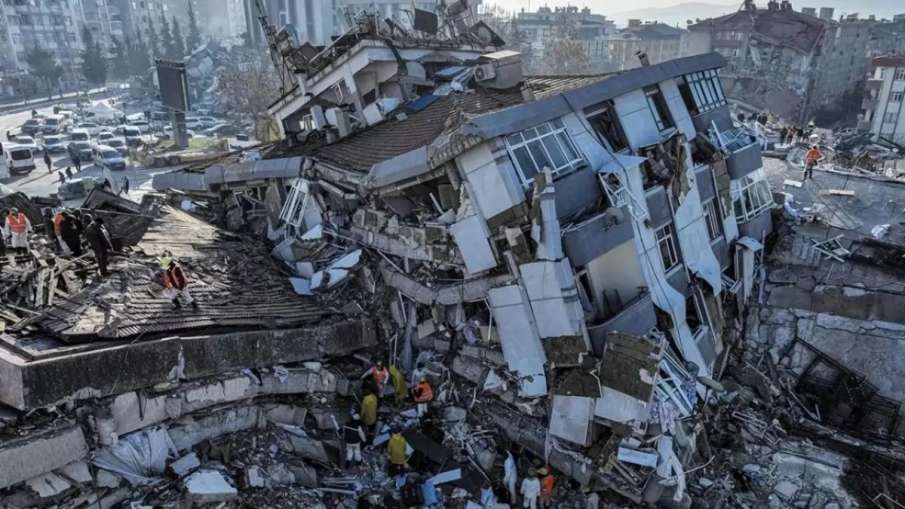
Thousands of lives were killed in the earthquake in Bhuj, Gujarat.
Government initiative for earthquake safety
To increase earthquake security, the government has initiated several initiatives:
- Increase of seismic observatory: In 2014, there were 80 earthquake measuring observatories in India, which increased to 168 by February 2025.
- Special TV Program: In March 2025, NDMA showed a program of discussion on the earthquake named “Disaster Ka Saamana” on Doordarshan TV.
- 10 Point Plan: In 2016, PM Narendra Modi made a plan of 10 points to prevent disaster, which is associated with the target of anti-disaster India by 2047.
- Strengthen buildings: 59% of India is in danger of earthquake, so the building code is being strictly implemented.
- Preparations in Himalayas: A strong plan has been prepared to deal with earthquake warning system and disaster in the Himalayan region.
- Safety Rules made easy: In 2021, the security of the buildings was increased by simplifying earthquake prevention rules under the building code.
- Insurance and risk system: A system of insurance has been created for calculating the damage caused by earthquakes and affected buildings.
- Earthquake app: The “earthquake” app of the government, which was created by the National Earthquake Science Center, gives information about the earthquake in real time.
In addition to these efforts, the Government of India is actively providing humanitarian aid and disaster relief (HDR) assistance to countries affected by natural disasters. Keeping the spirit of ‘Vasudhaiva Kutumbakam’, India provided assistance to Turkey and Syria by ensuring the deployment of NDRF teams, medical workers after the devastating earthquake in February 2023.
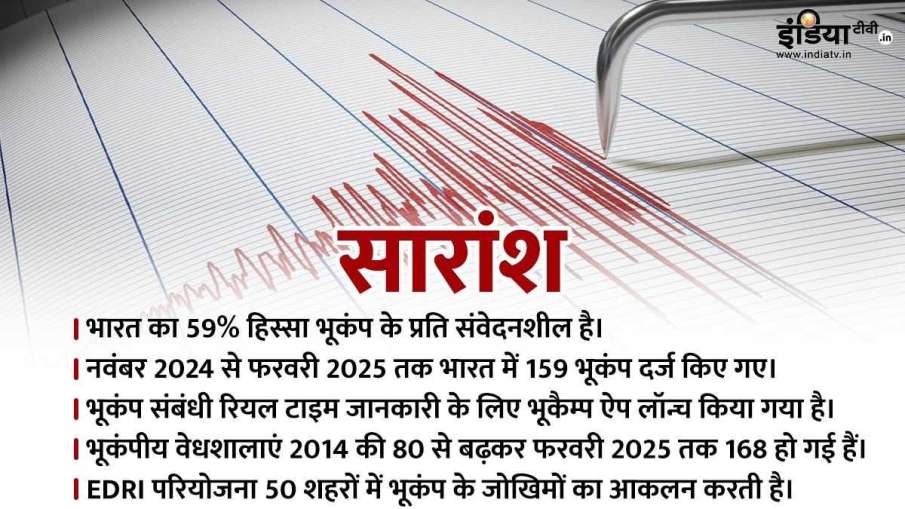
The government has made a lot of preparations to prevent earthquakes.
Major government agencies for earthquake preparation and response
Many major agencies play an important role in reducing the risk of earthquakes in India and reaction. These organizations work together to monitor seismic activity, develop disaster management policies and ensure effective response during emergency conditions.
National Disaster Response Force: The National Disaster Response Force i.e. NDRF was formed under the Disaster Management Act 2005. Its purpose is to give special response to natural and man -made disasters. The NDRF was first established in 2006 with 8 battalions. Today, it has 16 battalions, each of which has 1,149 personnel.
National Earthquake Science Center: Earthquake monitoring in India began in 1898 with the establishment of the first seismic observatory in Alipur (Calcutta). Today, the national seismic network monitors earthquake activities across the country. The data collected is shared with national and state authorities using advanced technology. This system also conducts research on developing an earthquake pre -warning system.
National Disaster Management Authority: The Disaster Management Act was passed on 23 December 2005, resulting in the formation of the National Disaster Management Authority i.e. NDMA, headed by the Prime Minister. Each state also has its own state disaster management authority i.e. SDMA, which is led by the Chief Minister. While NDMA is responsible for determining disaster management policies, SDMA is in charge of creating and implementing disaster plans including earthquakes.
National Institute of Disaster Management: It started in 1995 as the National Disaster Management Center i.e. NCDM. In 2005, its name was changed to the National Institute of Disaster Management or NIDM to focus on training and skill building. NIDM is responsible for developing human resources, providing training, doing research and promoting policies related to disaster management under the Disaster Management Act 2005.
Major measures and research initiatives from earthquake
Several steps are being taken in India to protect against earthquakes, such as making security rules, pre -warning systems and calculating dangers. All this is being done so that people can get information about safety, monitor risks and preparations for future earthquakes.
Guidelines for earthquake safety: Home owners’ Guide (2019) helps homeowners to build a safe and anti-disaster house that meets safety standards. Simplified guidelines (2021) provides earthquake safety tips for new home makers or flats in multi-storey buildings.
Earthquake Pre -Warning (EEW): Research is underway on a pre -warning system in the Himalayan region. NCS records earthquakes of certain intensity across India and publicly shares data on its website.
Earthquake Risk Indexing (EDRI): The NDMA EDRI project detects earthquake hazards in cities in India. It suggests ways of rescue by calculating risk, weaknesses and dangers. It took 50 cities in the first phase, and 16 more cities were added in the second phase.
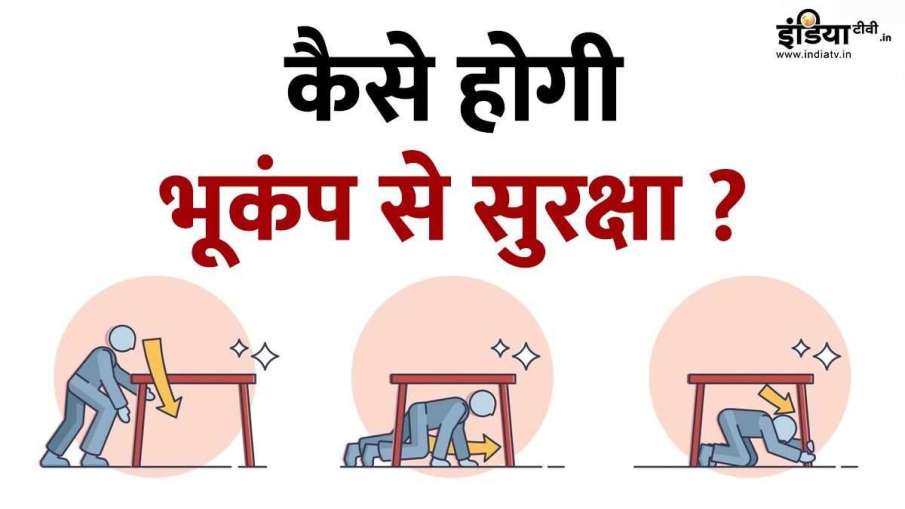
What to do to protect against earthquake?
India is taking several steps to protect against earthquakes. The government is making policies, preparing security guidelines and campaigning to make people aware. Its aim is to be safe during the earthquake and reduce the loss. Infrastructure i.e. infrastructure is being strengthened to protect against earthquakes. Citizens should also know what to do during the earthquake and follow safety measures. When people are ready and aware, it can reduce the loss to a great extent and can help save lives. (With PIB inputs)




